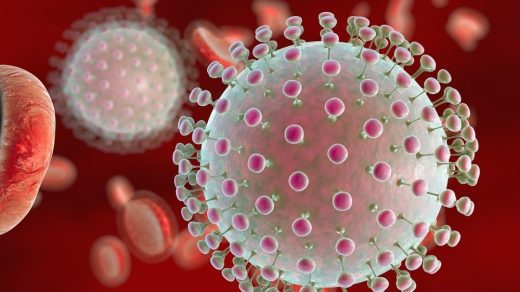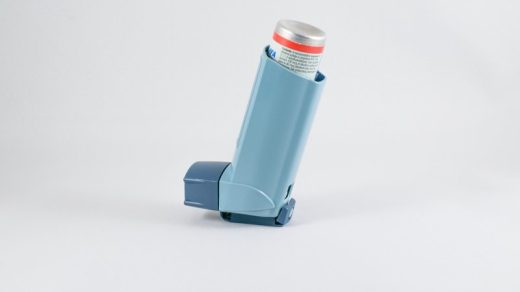Heather Rendulic spent almost ten years living, as she described it, “like a one-armed person in a two-armed world.” She then experienced a respite in 2021 for one month.
Her left hand, which had remained largely motionless since suffering a series of strokes in her early 20s, was suddenly under her control after having a stimulator put in her neck.
Researchers instructed her to open and close her hand on the first day the implant was turned on, and she was successful.
“I was with my mum and spouse. We were so happy that we were in tears “Rendulic, now 33, said.
She became increasingly adept at picking up small blocks, moving them, and letting go over the course of that four weeks.
Rendulic was one of two stroke patients in a pilot clinical trial at the University of Pittsburgh. The results, published Monday in the journal Nature Medicine, mark the first time such stimulation has been used to restore arm and hand movements to people immobilized by stroke.
The technique, called epidural stimulation, was developed to treat people paralyzed by spinal cord injuries. So far, a small number of people around the world who were told they’d never move their arms or legs again have regained some motion – standing, stepping, even peddling a bicycle.
But far more people suffer from stroke than spinal cord injury.
More than 5 million Americans live with movement problems after a stroke. The risk of stroke generally rises with age, though some survivors like Rendulic are young.



